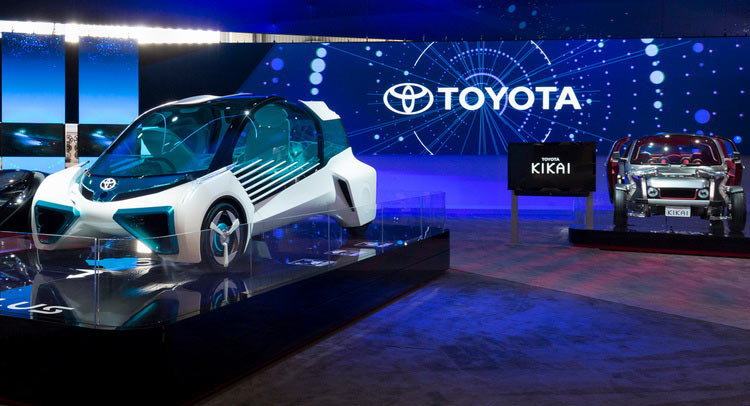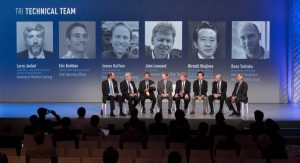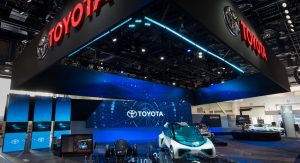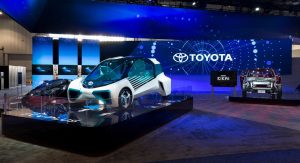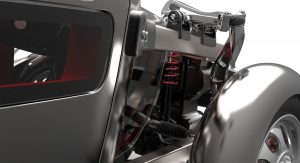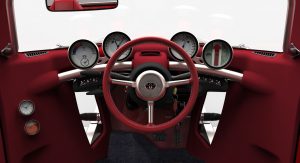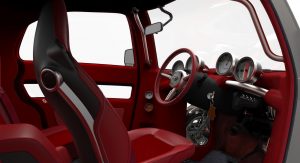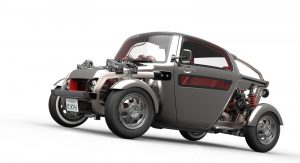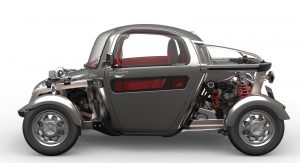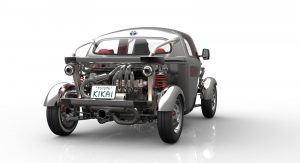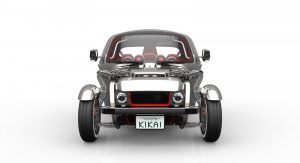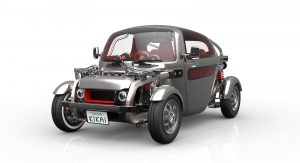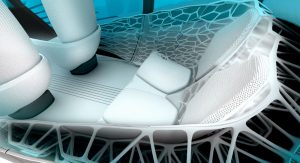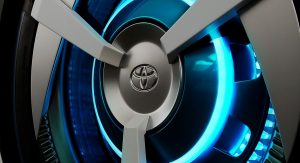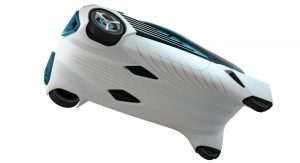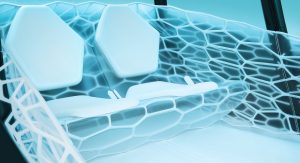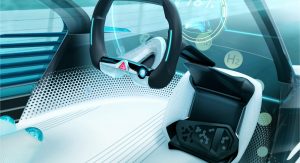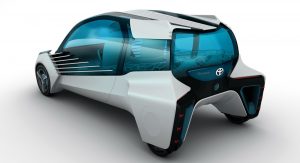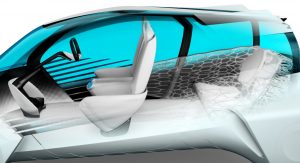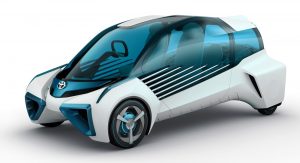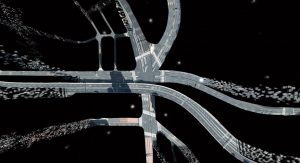Those who attended the International Consumer Electronics Show in Las Vegas this year got a first-hand look at a cleaner, safer and more convenient future through the eyes of Toyota.
The Japanese manufacturer’s exhibit, located in the North Hall at the Las Vegas Convention Center, hosted a variety of concepts, demonstrating the company’s vision for connected vehicles as well as what potential artificial intelligence has to improve driving safety.
“At Toyota, we see the vehicle of the future as more than just a mode of transportation,” said Toyota Motor Sales exec Bob Carter. “Instead, it will be something more useful, accessible and exciting than ever before. These next generation connected and automated vehicles will optimize their own operational capabilities and deliver comfort, convenience and joy to passengers – and they’ll be arriving sooner than you think.”
That’s probably one thing we can count on – the fact that these types of cars with these types of technologies will be here a lot sooner than what some of us where prepared for. It seems like it was just yesterday that we were making fun of certain manufacturers for dropping the ball during those crash avoidance tests, when it fact, it was over 10 years ago.
With that in mind, here rundown of what Toyota brought to CES 2016. First of all, there’s the Toyota Smart Center which is considered the heart of their vision for a Smart Mobility Society that connects everyone, people, vehicles and entire communities at the same time. Technically speaking, this is a private cloud-based computing system which collects secure vehicle data, analyzes information from vehicles around the globe and provides the customer with personalized services which in turn make his life easier.
Then there’s the next-gen connected services systems such as Agent+, which leverages multiple factors including day, time, location and even driving history to predict likely destinations and help with guidance. However, it’s the Mobility Teammate Concept that ultimately demonstrates more than 20 years of R&D into automated driving technologies. Toyota wanted people to see their artificial intelligence display where scale model Prius connected vehicles learn from and share with each other in real time – which is what will ultimately lead to a safer driving environment.
As for the Toyota FCV Plus concept, well it had to be there in order to demonstrate Toyota’s vision for a connected and sustainable hydrogen society, whereas the Kikai (which means “machine”) was there to provide the so called eye-candy factor, which it definitely did – if you’re into that sort of automotive art.
Even though a lot of the vehicles and technologies on display at CES are meant for the future, some of them, like telematics systems (Agent+) may actually show up soon on Toyota models.



